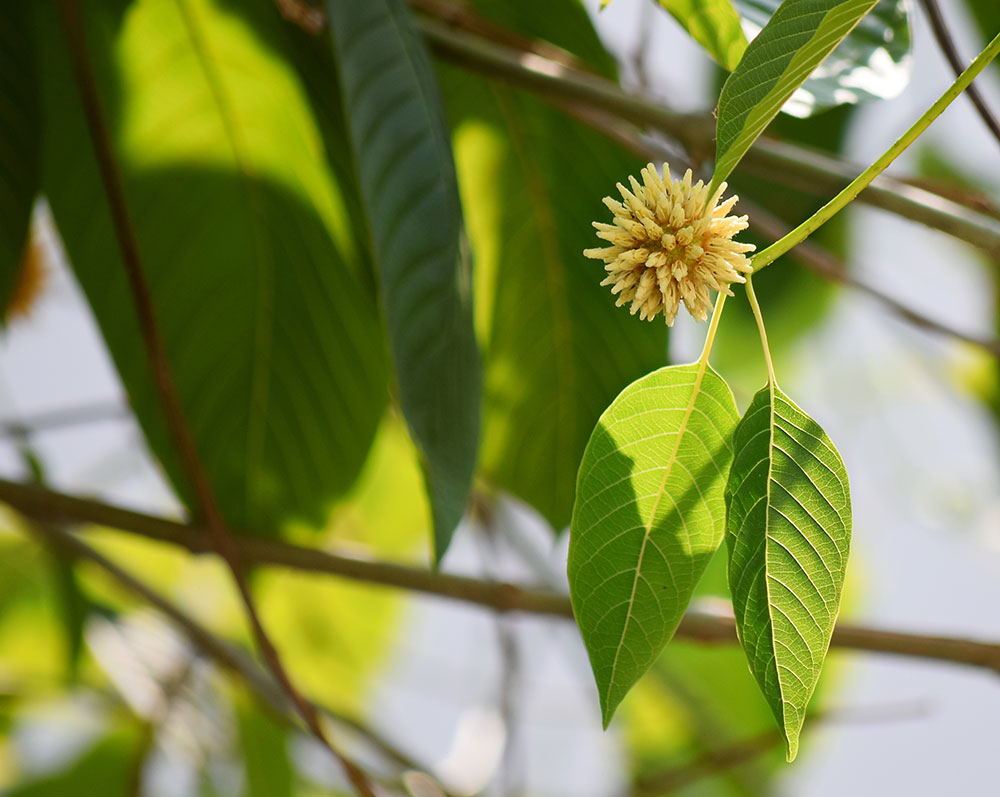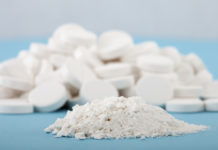gathered a list of negative side effects including stomach pain, headaches, itching, and nausea, alongside a list of positive effects like relaxation, increased energy, and enhanced sociability.
The study showed that Kratom alone has an extremely low overdose risk, which catches the attention of health care providers working to combat the rising numbers of overdose deaths.
The most revealing information about Kratom in the study was its great ability to relieve pain, which gives a natural alternative to those who seek highly addictive and potentially deadly painkillers.
Proponents point to Kratom’s success as a method of treatment
The American Kratom Association was founded last year to protect the rights of Americans using the substance, to inform the general public about Kratom’s benefits and to raise awareness while representing a community of responsible consumers who share successful stories about using Kratom.
The increasing number of enthusiasts includes doctors, lawyers and law enforcement officers, and other professionals who found hope through the use of Kratom. Some use the new association as a platform to talk about how they’ve been cured from their lifelong addictions while others talk about how they’ve gained the ability to deal with depression, OCD, ADD/ADHD, migraines, debilitating cases of Lupus, Fibromyalgia, and Lyme Disease – among other serious illnesses – since they started using the natural analgesic. There’s still a lot to learn about Kratom, but it does seem to be a much better alternative than other popular maintenance medications for opiate addiction, such as methadone and buprenorphine, both known for causing death.
Many agree that banning Kratom would clearly affect many Americans who have found it to be a good alternative to cure their addiction to heroin, among other opiates and legal narcotics.
Chronic pain advocate, consultant and licensed pharmacist for about 50 years Steven R. Ariens said he knows of a patient who has been on Kratom for six years and will be back on a wheelchair, unable to move from pain, after the federal ban.
Best Interest (or not)
Kratom is legal in 44 states, but the ban could take place on the last day of September, although it is evident there isn’t a great deal of information or research regarding the medical benefits of the tree leaf product.
People using Kratom will not only be criminally charged if they continue to use it after the ban, but they would also have a hard time getting informed about the substance. Once the DEA lists a substance as Schedule I, medical research and scientific studies hardly ever take place since it becomes much more difficult for researchers to gain access to such substances – and that rarely changes.
“There’ll be no lift from the DEA because they profit from the ban,” Ariens said.
With the data gathered so far, and all the positive anecdotal evidence, one would wonder if banning the natural substance is potentially more harmful than beneficial. Is it in our best interest to have a regulating agency crippling its own need for scientific research? If we aim to protect people or aid recoveries, shouldn’t we be making room for more flexibility in the way that controlled drugs are studied?

















